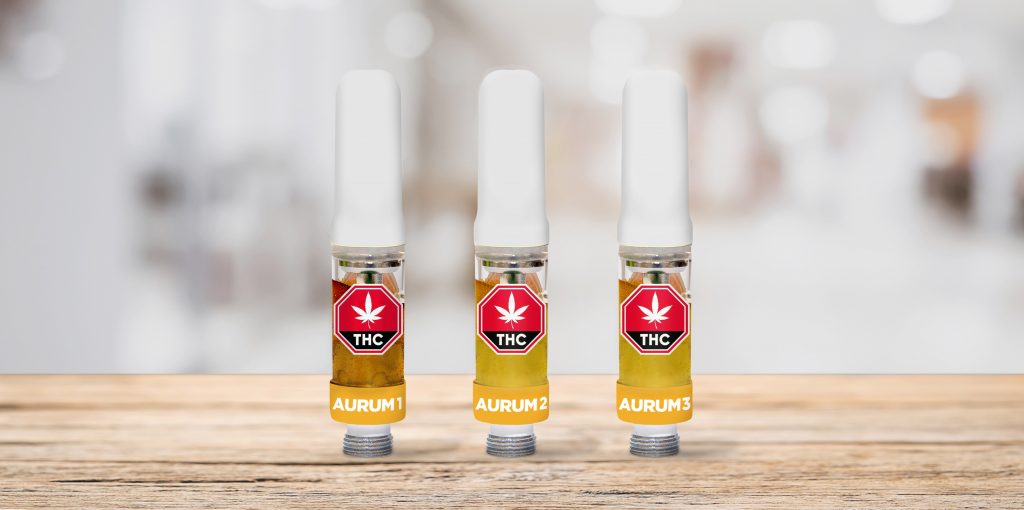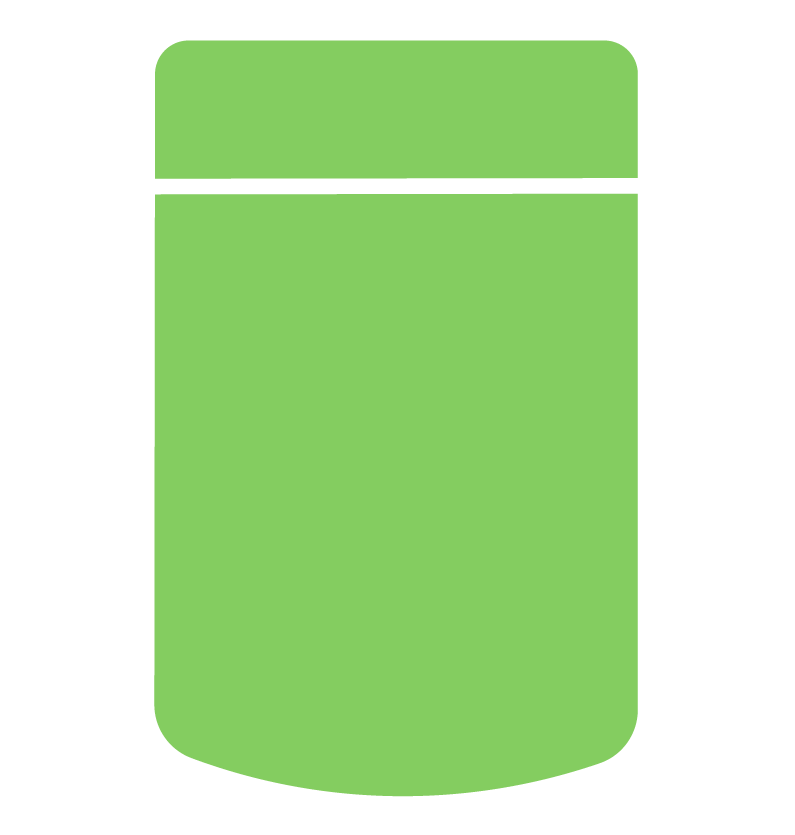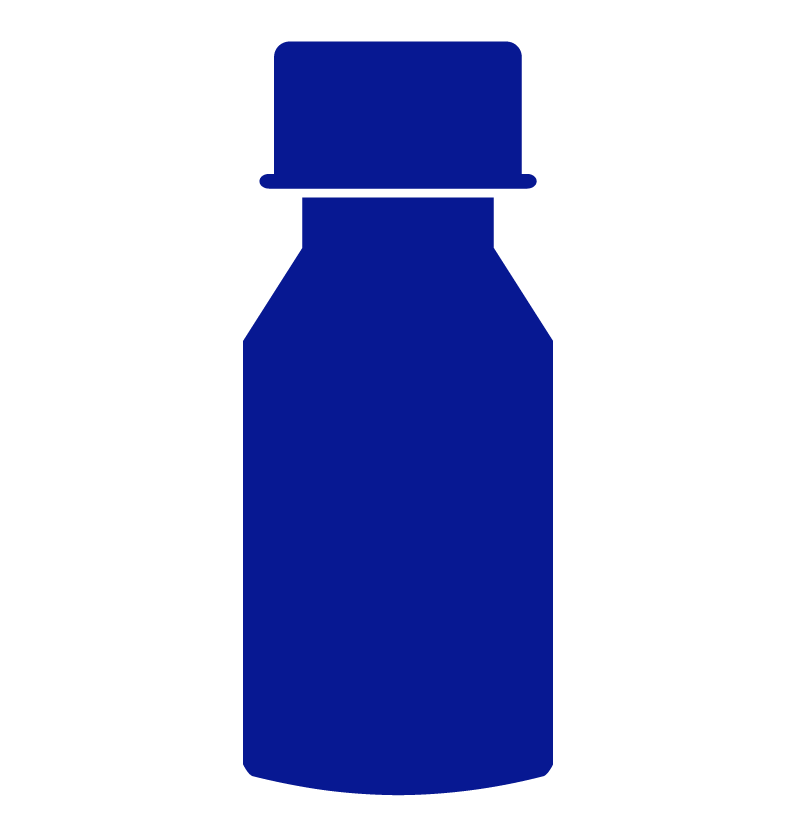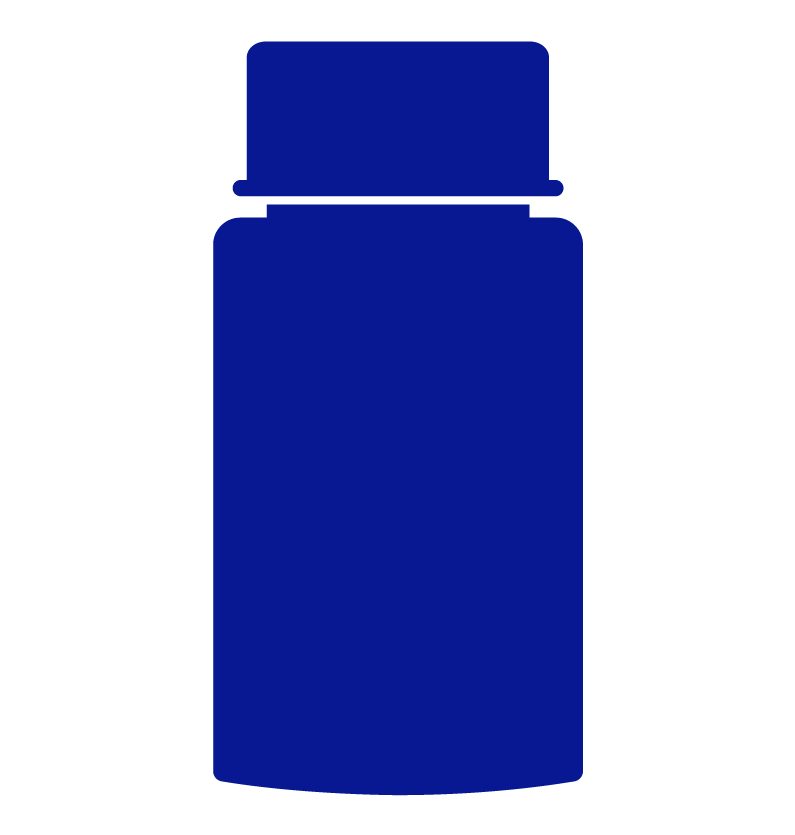Our Aurum lineup now includes 5 unique cartridges – in various CBD, Balanced and THC profiles – and our entire team is proud of the quality and safety that went into developing these terpene-rich vapes.
To help you decide if Aurum can be an effective part of your treatment plan, we’re answering some of the frequently asked questions on our vapes.
“What are Aurum Vapes?”
Aurum Vapes were designed for ultimate simplicity and are an ideal introduction into medical cannabis vaping. The 5 available cartridges are meant to be combined with a standard “510 thread” vape battery. All you have to do is connect the cartridge into a compatible 510 thread battery by hand-tightening it in, and then it is ready for use.
“What’s in the Aurum cartridges?”
The concentrate in the cartridges is developed in-house, and based on popular cultivars from Entourage Health Corp. such as Ghost Train Haze, Mango Haze and Pedro’s Sweet Sativa. Like all of our products, Aurum Vape Cartridges are designated with a 1 for CBD dominant, 2 for Balanced, and 3 for THC dominant.
“Which battery should I use?”
We recommend using the Aurum 510 Battery offered on the Starseed online store, but you are also free to use any compatible 510 thread battery.
“Are Aurum vapes safe?”
When developing Aurum vapes, health, safety and quality were our top priorities. A total of 7 hardware tests and 8 input formulation tests were successfully completed during development of Aurum vapes.
“How are vapes different from dried flower?”
Vape cartridges are based on specific dried flower cultivars – so you receive similar terpenes and flavour profiles as the original cultivar. When using vapes, the extract in the cartridges is converted to vapor when heated for inhalation. This is typically done at a lower temperature than “smoking” cannabis, thus avoiding combustion and many of the associated smoke toxins.





